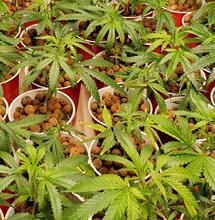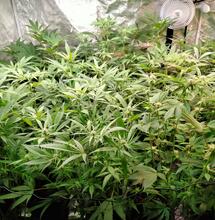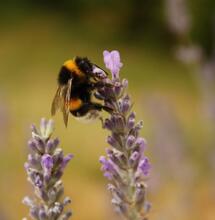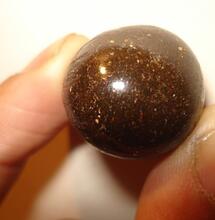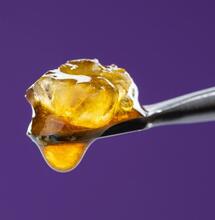A Beginner’s Guide to Hash Making
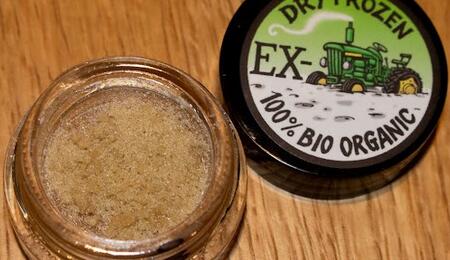
The best thing about making hash with your leftover trim and smaller sized buds, is that no part of the plant goes to waste after harvest. In the same way gold is retrieved from pay dirt, making hash allows a grower to produce a concentrated hash, that can be smoked whilst the harvested crop is drying out. In this article, we explain all about hash making, the different methods, how to dry your hash and signs of top quality hash.
What is Hash?
Basically, all the trichomes are collected and combined into a concentrated form. This means the potency, flavor and effect will be enhanced and some consider hash the purest form of smoking. Hash making has existed all over the world and is famous in Morocco, Pakistan, India, Nepal and Lebanon to name a few.
Each country has their own traditional and unique way of harvesting, separating and pressing their hash, which is why each variety created in these parts of the world is highly sought after by coffee shops, social clubs and dispensaries.
How is Hash Made, and What Are the Different Methods?
There are two ways of making a concentrated hash end product and that is by either using water, ice and bubble bags commonly known as isolators, or there is the dry sifting option. There are pros and cons to each of these, so below we explain how each technique differs.
Water / Ice hash - Water hash or isolator has been around for decades and was made famous in Holland by Mila the Hash Queen. Using various micron screens ranging from 220 down to 45 microns. The ability to separate wet plant material into different grades, and produce a final product that was full melt quality, was easily achievable. The plant material that is to be washed will be placed in the freezer and allowed to become frozen and brittle to touch.
- Bubble Bags are made in different sizes depending on the amount of trim.
- The bags will typically be 220, 180, 120, 90, 73 and 45 sized micron.
- It is important to agitate the material with the ice to remove the trichomes.
- Handwashing or washing machines both allow for the material to be worked.
- The best quality grades will generally be between 73, 90 and 120 micron.
- Plant material should be placed inside a bag and in a freezer for at least 72 hours.
Dry sieve / using screens - Using different micron screens to run dry material through, is an old school way of making hash, which is commonly associated with the Morrocco method. Using cloth screens and beating on a sack of dry material, what would come through the cloth screens would be kept and late pressed. Nowadays, growers are able to use top quality made screens that can be bought in sizes 220, 180, 150, 120, 90, 73, 45 and 25 micron. Dry sifting does not take much time and will produce a ready to press and smoke piece of hash. Tumblers are an excellent and very practical method of separating trichomes from dry material. These devices will spin the material around and separate at 150 microns.
- Compared to water hash, dry sifting is much easier and takes less time.
- The pressed sift from separated plant material is ready to smoke immediately.
- The final returns will generally be greater when using dry material over water hash.
- The terpenes are not lost in water, and when pressed are often the best tasting.
- Green plant material will be cleaned up and removed at the 220 micron screen.
- 150 microns and below will provide the best quality end product when making dry sift.
How Should Hash Be Dried Out Properly?
There are a few different ways to dry out hash properly, but the most important thing is temperature, humidity and fresh air. Oftentimes, hash patties that have been left to dry in an unfavorable environment will become moldy and contaminated, and under no circumstances should be smoked or consumed.
1. Micro plane
The simple but highly effective way of grating the frozen hash patty, using a cheese grater, will allow the hash to break down into the smallest size and expose the most surface area. The smaller the piece of hash drying, the quicker the turnaround time will be, with the color shifting to a darker, leather appearance.
2. Pizza box method
Using a clean cardboard pizza box and parchment paper, you simply place the micro planed hash or hash patty inside the box, and allow for the hash to slowly dry out. Even to this day, some of the best hash makers around still use this technique and has worked just fine for many.
3. Dry Freezing
In the last decade, dry freezing has become very popular when it comes to drying out fresh buds and especially for speeding up the drying process of hash. Dry freezers are an expensive investment and are often used by the more professional hash maker or extract artist.
Testing for Quality
The general rule for hash making is that what goes in will come out, meaning that if your starting material is top quality, you will know the final product will reflect that. In the same way that washing bin bags of low grade schwag will only produce so much full melt. When it comes to quality control, the aim is to produce a full melt grade that, when next to a flame, will bubble profusely with a wet and aggressive appearance.
- The hash should not have any green leaf matter inside and be golden brown.
- Hairs, dust and other contaminants should have been removed by the screens.
- Pressing the sandy colored hash should cause the powder to form into a block.
- Elite full melt hash will usually be found between the 73-93 micron range.
- The smoke created by a burning joint should be thick, cloudy and white.
The Different Ways of Pressing Hash
There are a few different ways to press hash together to produce a more advanced final product. Frenchy Cannoli became famous for his heat pressing method, which incorporates a glass bottle and boiling water, to act as a rolling pin during the pressing. If you want to take it one step further, dry sift or bubble hash that is pressed into pucks and then turned into rosin, will produce the best extracts possible, ticking the box for medicinal and recreational purposes.
Conclusion
Making hash at home with your leftover sugar-coated leaves and smaller sized buds, is like finding gold dust. All you need to do is take the time and effort to carefully separate the trichomes. Thankfully, there are lots of videos online which will teach you as a first time hash maker step by step, and how to produce cup winning hash and rosin from the comfort of your own bedroom.
